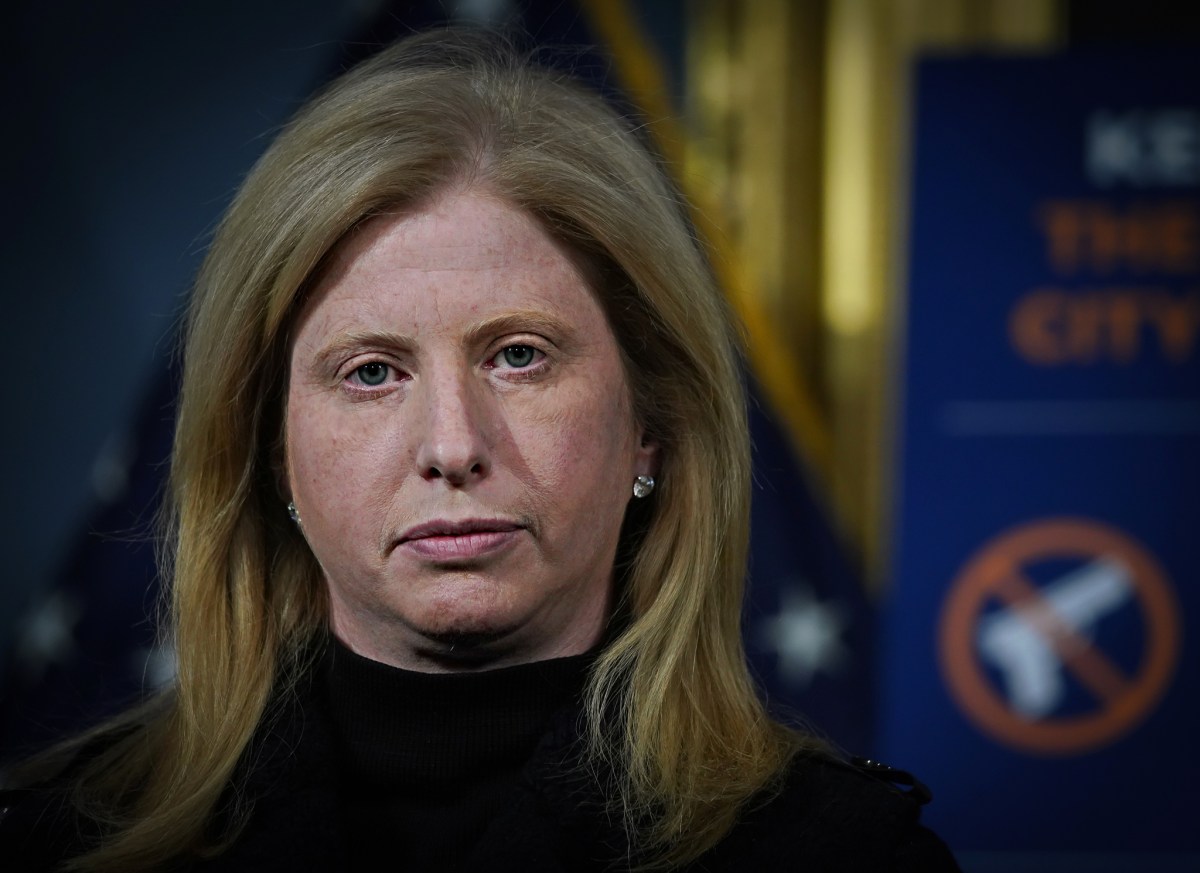For those in the older generations heading back into single life, dating in 2017 might seem like a whole new game and no one told them the rules. For the generations that don’t remember a time when social media didn’t exist, dating in 2017 is just dating. But technology has brought a new set of problems: recognizing the digital signs of an abusive relationship and preventing digital abuse.
Dating in 2017: Dating in Digital
“Abusive partners are using strategies that continue to surprise us, even going to the length of creating fake profiles … threatening to post photos [of their partner],” Katie Ray-Jones, CEO of the National Domestic Violence Hotline, told us.
Digital platforms are giving abusers another way to harass or control their targets and services providers have to work hard to stay up-to-date with ways to combat control, intimidation or unsafe behavior.

According to Ray-Jones, abusers use tactics like accessing social media passwords and surveilling social media posts and messages. If stalking or abuse victims try to change their passwords, the abuser will ask why the person wants to “hide” things from them.
And it isn’t just the young newbies dating in 2017. A woman in her 60s called the National Domestic Violence Hotline because her partner was threatening to post private photos of her online, Ray-Jones recalled.
Recognizing abuse
“We hear from a lot of people that the relationship feels very healthy — they don’t start out abusive from the get-go. You fall in love and you see red flags and rationalize the red flags using excuses like, ‘They were under a lot of stress at the time’ or ‘This happened in a past relationship; Their girlfriend cheated on them,’ Ray-Jones explained.
Examples of digital abuse include:
– A significant other going through their phone;
– Texting, calling or emailing excessively to “check-in;”
– A partner sending unwanted, lewd texts or emails;
– Posting embarrassing or negative content about a significant other on social media.

The road from healthy to abusive is traveled in baby steps, Ray-Jones told us. According to a survey by Mary Kay with Wakefield Research, 69 percent of young people in or previously in a relationship report having experienced abuse and 39 percent of young people say they know someone who has experienced abuse.
What to do about digital abuse
Someone complaining, “He texts me all the time,” might hear “That means he loves you,” from a well-intentioned friend, which reinforces the notion that abusive behavior is the norm.
But what happens if you don’t respond? Or don’t reply quickly enough? Will there be repercussions?
People outside the relationship need to reinforce the fact that abusive behavior isn’t acceptable, Ray-Jones said. According to the Truth About Abuse survey, 60 percent of young people said they would not tell a parent or guardian if they are experiencing abuse or think they might be entering abusive territory.

“A big part of what happens is young people are scared of their parent’s response,” Ray-Jones said. The parental response would be to forbid the relationship, “and that’s the worst thing you can do. They’ll take the relationship underground.”
According to the survey, 82 percent of young people said they need more information on how to help a friend who is in an abusive relationship.
So, young people and parents alike need education. Parents can say, “not my child,” but the truth is, you need to prepare them.
And Ray-Jones said part of education is prevention. When young girls call the hotline and say they are considering sexting, even though they think their significant other would never use the photos against them, the advocates with more than 60 hours of training help them to imagine a worst-case scenario.
What if he shows a friend the photo? Or leaves his phone laying around where a friend can pick it up and share it?
Ray-Jones said that social dialogue is important so young people don’t think they are alone in their experiences, much like the world saw during the #metoo trend or the more recent #MeAt14.
Yeah, that’s a denim shirt. #MeAt14 or 15. (God, I hope I was cooler than this by sophomore year.) pic.twitter.com/puB2IvovR6
— Kimberly M. Aquilina (@KimESTAqui) November 13, 2017
Abuse is not just physical, Ray-Jones stressed. Any use of power and control against someone is abuse.
And when in doubt, just call. It never hurts to ask. You can call or reach out via social media — use any method that feels relatively safe. Ray-Jones told us that advocates think “thank God this person reached out” even with those callers who say they aren’t sure if they really need to call.
“Trust your gut,” Ray-Jones advised.
“We’re trying to make people aware LoveIsRespect exists because it is a vital resource for people to check things out and get education … because domestic violence and dating abuse is pervasive but completely preventable.”
To talk to an advocate, you can reach out via online chat or by calling 1−800−799−7233 or TTY 1−800−787−3224. Ray-Jones told us one young woman reached out via Twitter DM since it was the only platform her abuser didn’t check. Again, it never hurts to call and just ask.

























